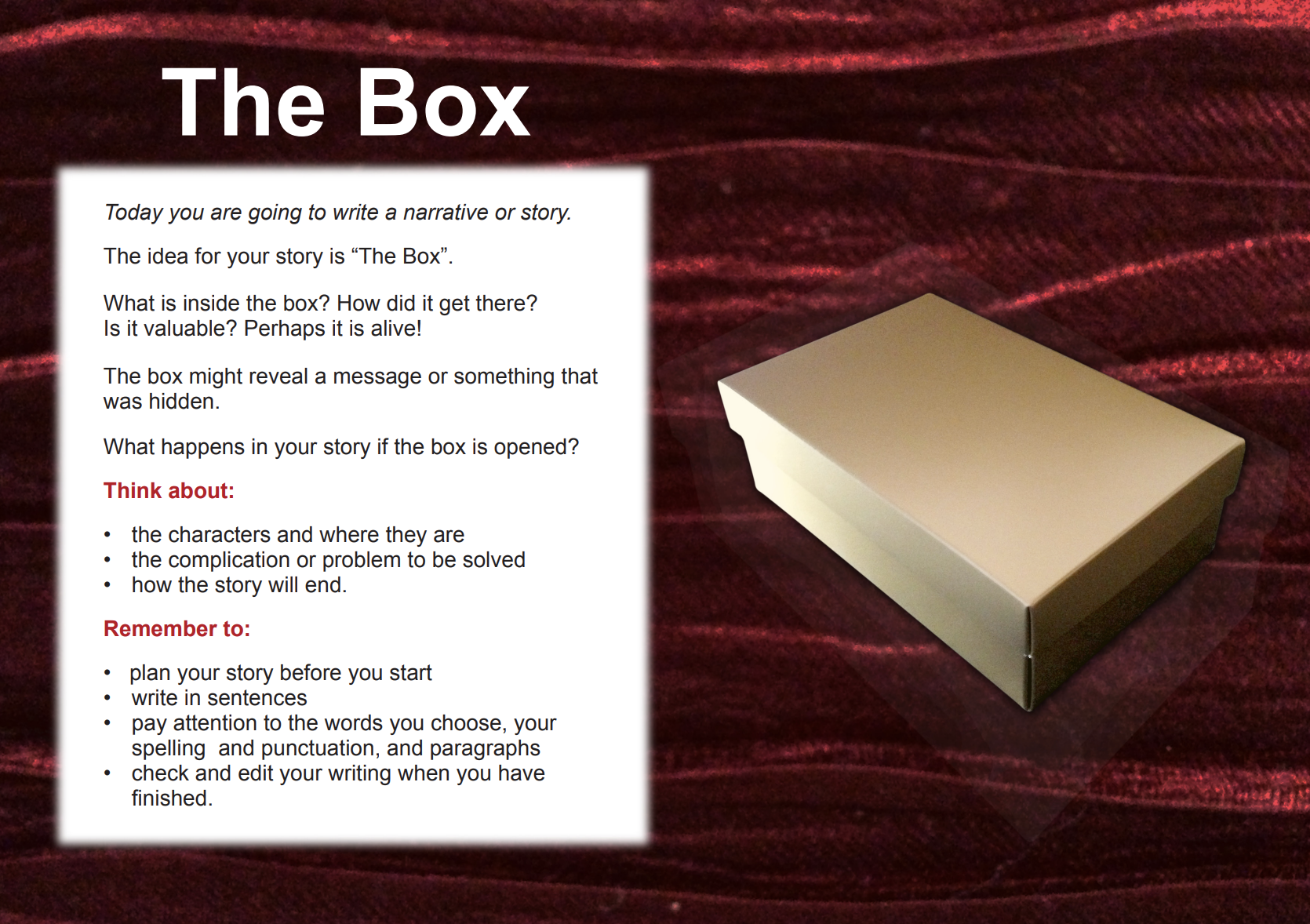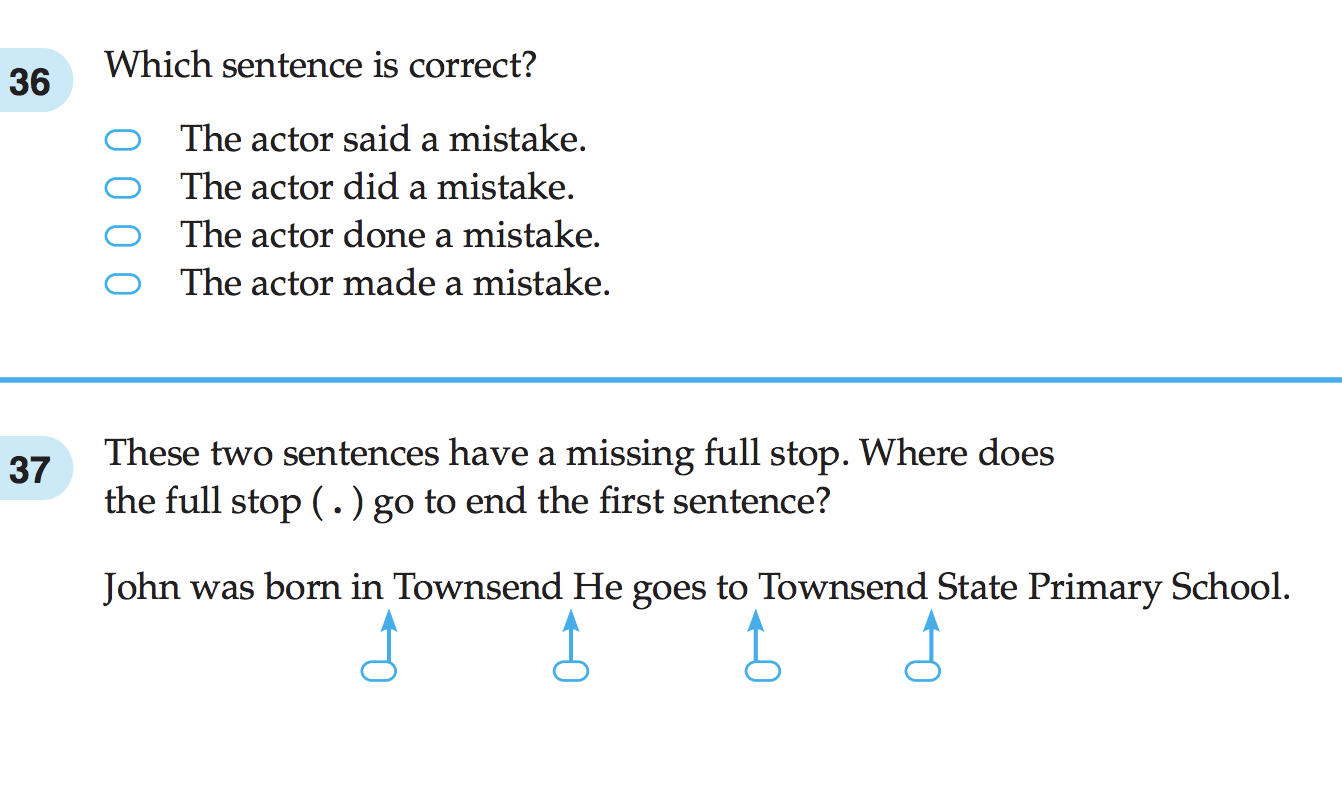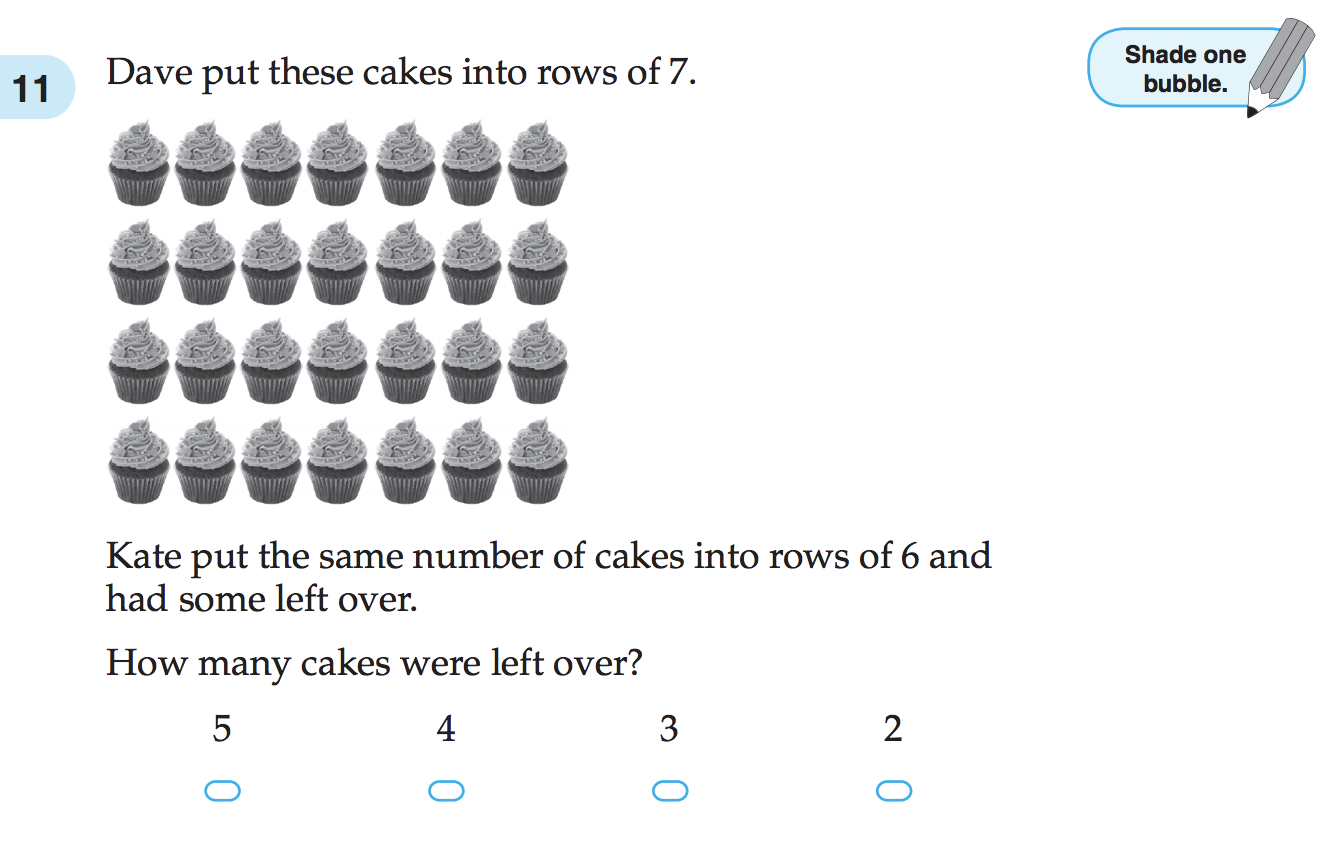
So, you might’ve heard that the NAPLAN tests are changing over the next few years. The NAPLAN is starting to have a differing and more significant role in the schooling of our students.
As such, it can be hard for parents like yourselves to know how to help your child. In light of this, we’ve put together a guide to the Year 3 NAPLAN for parents like yourselves!
The Year 3 NAPLAN Exam
Reading
Writing
Language Conventions
Numeracy
Practice Papers
The Year 3 NAPLAN Exam
In case this is your first experience as a parent with the NAPLAN, I’ll break down the exams. Essentially, your child will have three tests to sit:
- Reading & Writing
- Language Conventions
- Numeracy
As you can see, the first exam combines reading and writing. So, that’s one less exam for your child. Woohoo!
Depending upon your child’s school, they’ll either sit the exam in traditional paper format or in the new online system. You can read more about the transition to online and its effect on the Year 3 NAPLAN here.
Your first NAPLAN experience can be a bit daunting! Personalised 1 on 1 NAPLAN tutoring is here to support you and your child have full confidence!
Now that you’re familiar with the style of the exam, we’ll break down what your child can expect from each:
Reading
The best way to kick off the tests, of course, is with reading! At least that’s what NAP believe since your child’s reading ability is the first skillset tested in the Year 3 NAPLAN. The style of questioning depends upon the corresponding text type and these text types include both simple imaginative and informative text styles.
At the Year 3 level, the texts can be described as quite friendly. They have a predictable structure and words which may be unfamiliar are explained with definitions or pictures. Your child will just need to understand familiar, everyday language.
Below is a breakdown of what your son or daughter is expected to be able to do for each text:
| Text Type | What Students Are Expected To Be Able To Do |
|---|---|
| Simple Imaginative Texts | - Find directly stated information - Connect ideas across sentences and paragraphs - Interpret ideas, including some expressed in complex sentences - Identify a sequence of events - Infer the writer’s feelings |
| Simple Information (Informative) Texts | - Find directly stated information - Connect an illustration with ideas in the text - Locate a detail in the text - Identify the meaning of a word in context - Connect ideas within a sentence and across the text - Identify the purpose of the text - Identify conventions such as lists and those conventions used in a letter |
Courtesy nap.edu.au
Writing
Every great writer is a great reader, right? Once your son or daughter has finished their reading section, they’ll dive into the latter part of the exam — writing!
The red herring here is that some students love this part of the Year 3 NAPLAN, and others loathe it. Either way, it’s a great idea to prepare your child well.
Your child will be given a stimulus which might look something like this:

They’ll then be asked to use the stimulus to write! It’s as simple as that.
Below is the marketing criteria used for both styles of text. It might be a good idea to have a look and see if your child needs improving in a particular spot.
Narrative Writing
| Marking criterion | Description of narrative writing marking criterion |
|---|---|
| Audience | The writer’s capacity to orient, engage and affect the reader |
| Text structure | The organisation of narrative features including orientation, complication and resolution into an appropriate and effective text structure |
| Ideas | The creation, selection and crafting of ideas for a narrative |
| Character and setting | Character: The portrayal and development of character |
| Setting: The development of a sense of place, time and atmosphere | |
| Vocabulary | The range and precision of contextually appropriate language choices |
| Cohesion | The control of multiple threads and relationships across the text, achieved through the use of grammatical elements (referring words, text connectives, conjunctions) and lexical elements (substitutions, repetitions, word associations) |
| Paragraphing | The segmenting of text into paragraphs that assists the reader to negotiate the narrative |
| Sentence structure | The production of grammatically correct, structurally sound and meaningful sentences |
| Punctuation | The use of correct and appropriate punctuation to aid the reading of the text |
| Spelling | The accuracy of spelling and the difficulty of the words used |
Persuasive Writing
| Marking criterion | Description of persuasive writing marking criterion |
|---|---|
| Audience | The writer’s capacity to orient, engage and persuade the reader |
| Text structure | The organisation of the structural components of a persuasive text (introduction, body and conclusion) into an appropriate and effective text structure |
| Ideas | The selection, relevance and elaboration of ideas for a persuasive argument |
| Persuasive devices | The use of a range of persuasive devices to enhance the writer’s position and persuade the reader |
| Vocabulary | The range and precision of contextually appropriate language choices |
| Cohesion | The control of multiple threads and relationships across the text, achieved through the use of grammatical elements (referring words, text connectives, conjunctions) and lexical elements (substitutions, repetitions, word associations) |
| Paragraphing | The segmenting of text into paragraphs that assists the reader to follow the line of argument |
| Sentence structure | The production of grammatically correct, structurally sound and meaningful sentences |
| Punctuation | The use of correct and appropriate punctuation to aid the reading of the text |
| Spelling | The accuracy of spelling and the difficulty of the words used |
Courtesy nap.edu.au
Language Conventions
The midway point of the Year 3 NAPLAN is the Language Conventions test! Your child’s grammar, spelling and punctuation skills are tested in this exam.
These questions and marking criteria for these skillsets are usually divided into spelling, and, grammar and punctuation. So that’s how we’ll look at them.
Spelling
In spelling, your child will need to identify and correct errors in simple words. It will be expected that your child will, at the very least, be able to correct spelling errors in:
- frequently used one-syllable words
- frequently used two-syllable words with regular spelling patterns
There is not much more to spelling than that! As a guide for style, an example of a past spelling question is below:

Grammar and Punctuation
For some students, this can be the harder part of the Year 3 NAPLAN. The grammar and punctuation questions involve a range of abilities.
Some commonly tested abilities are whether your child can choose correct grammatical features of a sentence such as tenses and nouns. In addition to this is the ability to recognise correct punctuation in written English — such as capitalisation for sentence beginnings and proper nouns.
Year 3 students are, at the minimum, expected to:
In grammar:
- identify the correct preposition required to complete a sentence
- identify the correct pronoun required to complete a sentence
- identify the correct adverb of time required to complete a sentence
- identify the correct form of a participle required to complete a sentence
In punctuation:
- identify the correct location of a full stop
- identify proper nouns that require capitalisation
If you’d like to see how these skills appear in questions, below is an example of a grammar and punctuation question:

Numeracy
Last, but certainly not least, is the numeracy exam! If your son or daughter is a budding mathematician, then they’ll love this exam.
The numeracy test measures your child’s abilities in three content strands of mathematics:
- Numbers & Algebra
- Measurement & Geometry
- Statistics & Probability
Within these three areas, your child’s mathematical understanding, fluency, problem-solving and reasoning abilities are assessed.
Just like the other exams, the difficulty of these questions is all relative. The questions align with the Year 3 Australian Mathematics Curriculum. So, as long as your child has been paying attention during math at school, they’ll survive the exam.
Here’s an example of a style of question which they expect to see on the exam:

Practice Papers
NAP state that the Year 3 NAPLAN is a test which shouldn’t be over-prepared for. It’s about measuring what your child already knows so that you can focus on where they need the most help.
This is something which we agree with! The NAPLAN is not like the HSC — where long-term preparation is necessary.
What we would suggest, however, is that you go through some past NAPLAN papers with your child. This way, they’ll be familiar with the style of the exam and won’t be as nervous on the day.
For your convenience, here’s our Master List of NAPLAN Practice Tests!
Our NAPLAN Series
We’ve written a whole series of articles to help you and your children navigate the NAPLAN. Check out the rest of our series with the links below!
You can also check out our guide to Year 3 English here!
Are you looking for a tutor who could change your child’s life?
We pride ourselves on our inspirational coaches and mentors!
We offer tutoring and mentoring for Years K-12 in a large variety of subjects and NAPLAN, with personalised lessons conducted one-on-one in your home or at one of our state of the art campuses in Hornsby or the Hills!
To find out more and get started with an inspirational tutor and mentor get in touch today!
Give us a ring on 1300 267 888, email us at [email protected] or check us out on TikTok!
Lachlan Springfield is incredibly passionate about Millennials. He believes that they’ve been given a pretty bad rap, so he’s decided to work with all sorts of businesses to flip that perspective on its head. He’s a firm believer in studying “smart not hard” and you’ll see that belief pervading in his articles. He’s loved sharing his knowledge about the HSC since graduating in 2016, where he finished with an inclusion in HSC Music Encore. When Lachlan isn’t working, you’ll find him watching his favourite YouTubers, Skyping with friends and jamming out to 60’s psych music.


